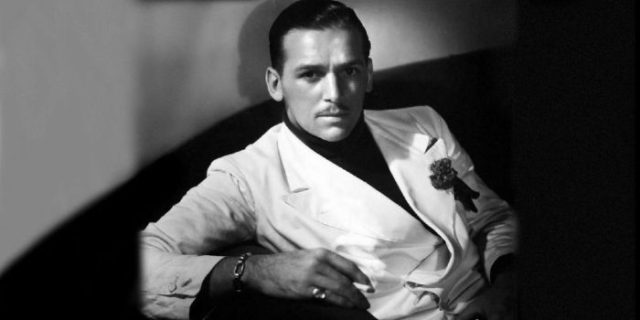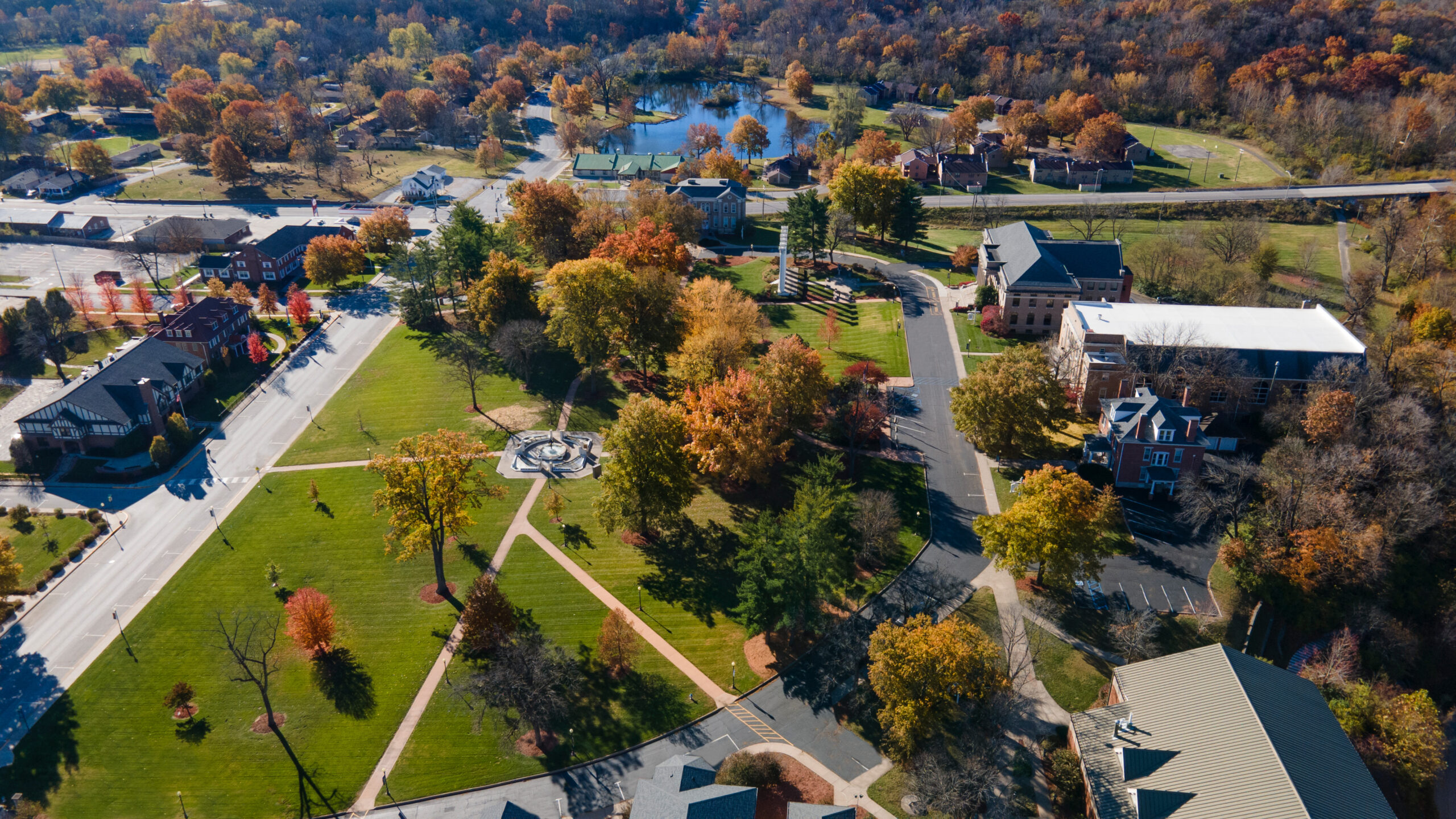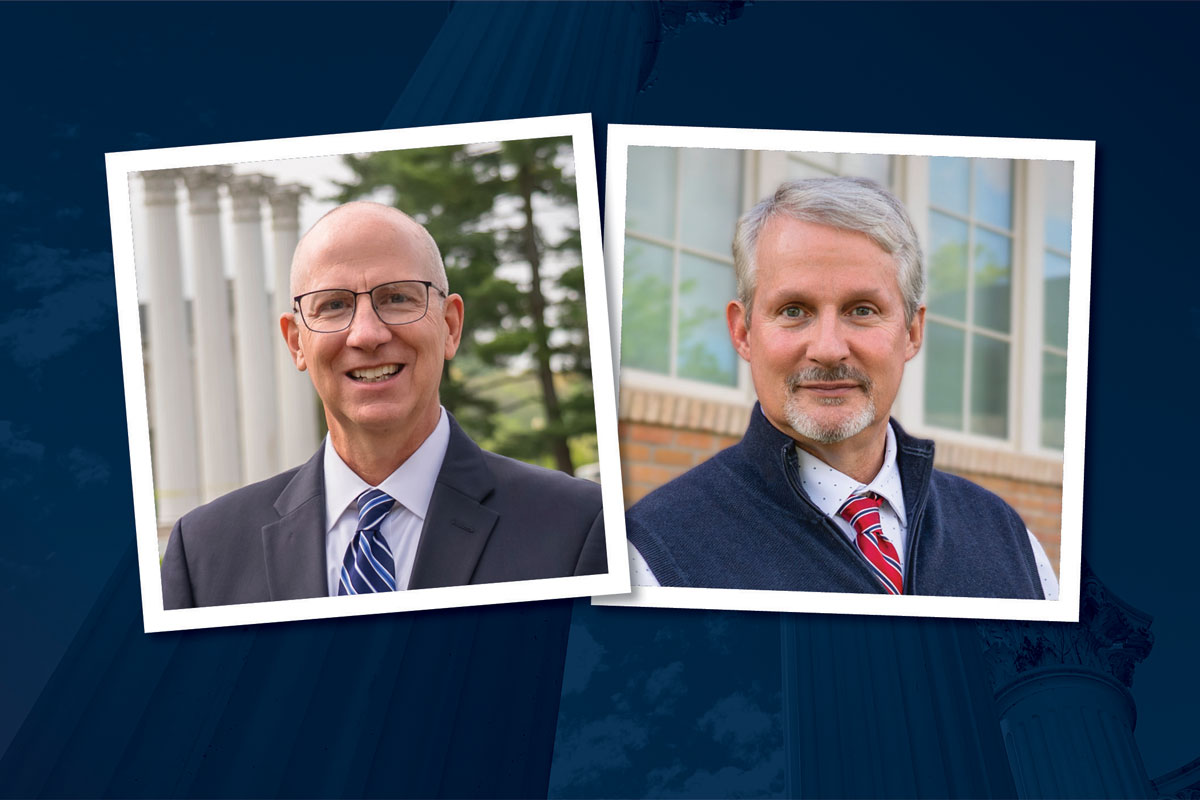by Nancy Carver, Churchill Fellow and St. Louis author
Over the next few months, Westeryears will feature a series of columns about the history and background of the Church of St. Mary the Virgin, Aldermanbury as Westminster College and America’s National Churchill Museum prepare to celebrate the 50th anniversary of the Church with a spectacular Churchill weekend on campus May 3-5. Here is the first:
Born to one of the most famous actors of his time, Douglas Fairbanks Jr. greeted the world with panache. Even in his youth, he had style, personality, and verve. So much so, that he captured the attention of none other than Joan Crawford, whom he married at the age of 19. Active in social and political circles, his friends included A-list celebrities, foreign politicians, and members of prestigious families. His magnetism attracted many to his flame that shone brightly and extended beyond his theatrical and movie performances.
Unknown to many people, one of his greatest achievements dealt with his participation in fundraising for the relocation of the English heritage building, the Church of St. Mary the Virgin, Aldermanbury to its present site on the campus of Westminster College in Fulton, Missouri. The backdrop for that story requires some knowledge of Fairbanks Jr., the man.
While critics often said that junior did not command the same presence as his famous father on stage or in the movies, the son actually eclipsed the father in real life. A Navy man in World War II, the young man learned the art of military deception while assigned to Lord Mountbatten’s Commando staff in the United Kingdom. He used that skill well in other military operations.
His awards included the United States Navy’s Legion of Merit with the bronze V (for valor), the Italian War Cross for Military Valor, the French Legion d’Honneur, the Croix de Guerre with palm, the British Distinguished Service Cross and the Silver Star. The Brazilian government awarded him the National Order of the Southern Cross (officer grade). After the war, the German government awarded him the Federal Cross of Merit for his contribution to the relief of the needy in occupied Germany. Although he entered the war with trepidation, he emerged a hero.
Unwilling to sit idly, Douglas seized every opportunity and attacked life with gusto. He pursued an acting career before and after his military service and even worked with his father on the movie, The Return of Zorro, where he honed his very own swashbuckling skills.The actor’s involvement in the church fundraising project began with a brief stint on a game show. The vice president of the college and capable project manager, Dave Stinson, a handsome and equally personable man, made a fundraising trip to Manhattan where he was approached by a recruiter for the game show, “Password.” As fate would have it, Fairbanks ended up appearing as his partner on the show. The two men failed miserably on the game show, but decided to make amends by going on a Manhattan club crawl. That event led to a lifelong friendship.
As Stinson’s son, Steve, said, “Fairbanks involvement in the project put a gleam and sparkle on the project. Today, we would say he made it hip…when Fairbanks came to Fulton, the champagne flowed. He also brought elegant dresses for mom.”
Fairbanks helped make the rededication of the church in 1969 as part of the Churchill Museum and Library a success. Vitally interested in the project, Fairbanks coordinated invitations to members of the Churchill family, Mountbatten and other notable and wealthy people. He enlarged the scope of donors tremendously via his connections in Hollywood, London and New York. Not content to sit on the sidelines, his energetic approach to the project led him to check in frequently on its progress and offer outstanding advice.
Why was the project so important to both Fairbanks and the college? For some time, an appropriate memorial to Winston Churchill, who in 1946 gave his famous Sinews of Peace (Iron Curtain Speech) in the Historic Gymnasium, seemed necessary to appropriately address its impact. At first, a special building came under discussion. Since the college had a special need for a chapel to replace one whose foundation had failed, a consulting architect suggested that they explore getting one of the ruined London Churches mentioned in a LIFE magazine article about the 1940 Blitz of London.
The idea combined two important factors, a particular need and a particular purpose. The removal of a Christopher Wren church, which had lost its congregation in its post-War setting, and its relocation to Fulton, Missouri, seemed a phoenix-like way of commemorating the visit of Church and the survival of England after a prolonged war with a common enemy. It tied the two countries together in remembrance of their joint endeavor to seek peace and a future for both countries.
Churchill called it “an imaginative concept.” Fairbanks thought of it as a way to once again work together with England for a common purpose. He undoubtedly delighted in honoring both Churchill and the genius of Christopher Wren. The idea took hold and the monumental task of relocating the church achieved its goal. Unfortunately, Fairbank’s performance in a play prevented him from attending the re-hallowing of the church.
As the re-dedication of the church approaches its 50th anniversary celebration, Westminster College is planning a celebration and fundraising event to help revitalize and preserve the church. Like any good fundraising event, it needs another Fairbanks to help make it a success. Casting another Fairbanks for the role seems an almost impossible task.
Follow America’s National Churchill Museum on social media and online at:
Facebook: National Chuchill Museum
Twitter: @churchillmuseum
Instagram: @national_churchill_museum
Website: https://www.nationalchurchillmuseum.org

This is the editorial account for Westminster College news team. Please feel free to get in touch if you have any questions or comments.







You must be logged in to post a comment.